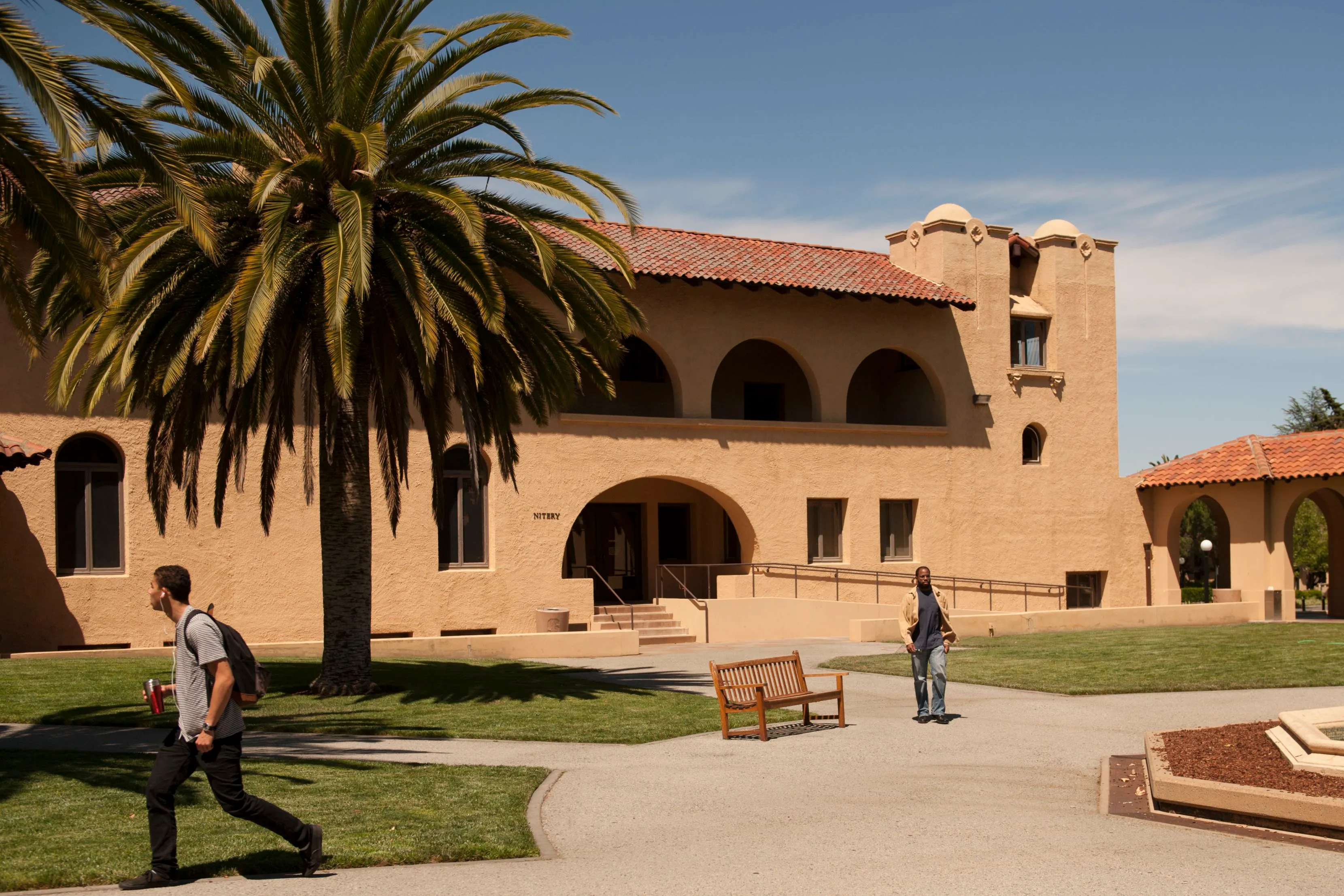“Matthew, why can’t you speak Arabic?”
“Matt, why can’t you ‘talk Tagalog’ like your cousins?”
These are phrases I often heard growing up as a mixed-race child when I traveled abroad to visit my extended family. As a son of immigrants from third world countries, I’ve been removed from the lifestyles and experiences of my cousins, nieces, nephews: catching trains and buses in movement, selling soap to make some pocket cash and performing manual labor (scrubbing tables and working on rural farms). For them, there is little to no opportunity for scholarly activity.
As a first-generation American, I’ve mostly seamlessly adapted to the American way of life: relying on machine household appliances, driving to places in our family’s car and educating myself through technology. My point is that growing up as a mixed-race child in the United States is far more comfortable than growing up mixed race in my father’s and mother’s home countries (Egypt and the Philippines, respectively); I am thankful for this situation. Furthermore, growing up in Hawaii –– a “melting pot” of diverse cultures –– has enhanced my quality of life substantially, especially since I don’t fully experience racism when traveling to other states or abroad.
It would be a lie if I were to say that there aren’t certain benefits that are part of the “package deal” of existing with a mixed-race identity. One such advantage is that many mixed-race individuals, in my experience, are like social chameleons and can blend into cultures fairly easily because of our unique phenotypes. For instance, I face little trouble receiving invitations to various Stanford cultural group events because, I appear ethnically ambiguous –– almost as if I claim a part of every heritage. As a result of this assumption, mixed-race people tend to relate to others fairly easily (hence the “Barack Obama effect”).
But like with every good thing, there is a flip side, a counterargument, another dimension. For instance, when I travel back to my parents’ home countries, I feel cut off from my non-English-speaking family. There exists a cause for limited communication: the language barrier. Additionally, people constantly believe that I am not American and ask me, “What are you?” (what they’re really asking is, “What ethnic box do you fit into?”). This question fails to account for the fact that I am much more than my ethnicity: I am also a friend, a son, a brother, a student. And in the realm of being a student, finding a campus community on Stanford’s campus that I can claim as my own tends to be incredibly difficult. In all honesty, at times I doubt whether or not I belong in PASU (Pilipino-American Student Union) or ASAS (Arab Students Association at Stanford).
Nonetheless, these are simply my experiences growing up and currently living as a mixed-race identifying person. The mixed-race experience deviates widely depending on the age, gender, sexual orientation and socioeconomic status of each person. All in all, however, although growing mixed race is still a double-edged sword, I have learned to accept myself and my identity, as well as their opportunities and their challenges.
Contact Matthew Mettias at mmettias ‘at’ stanford.edu.
